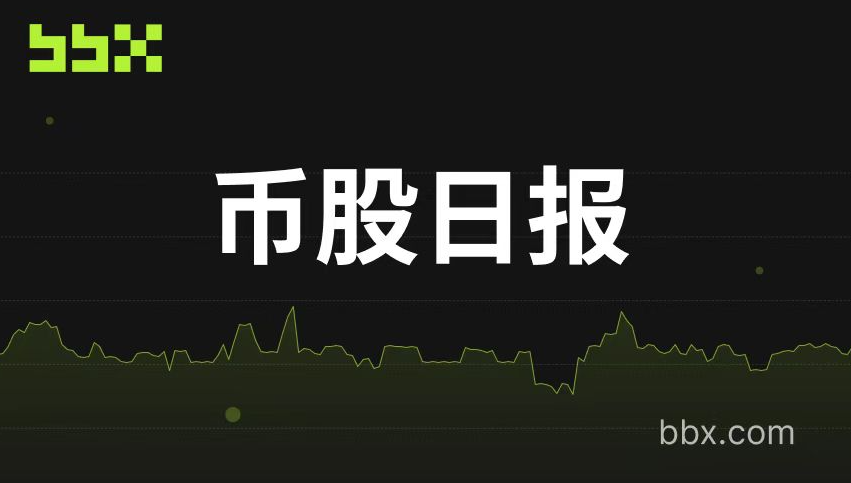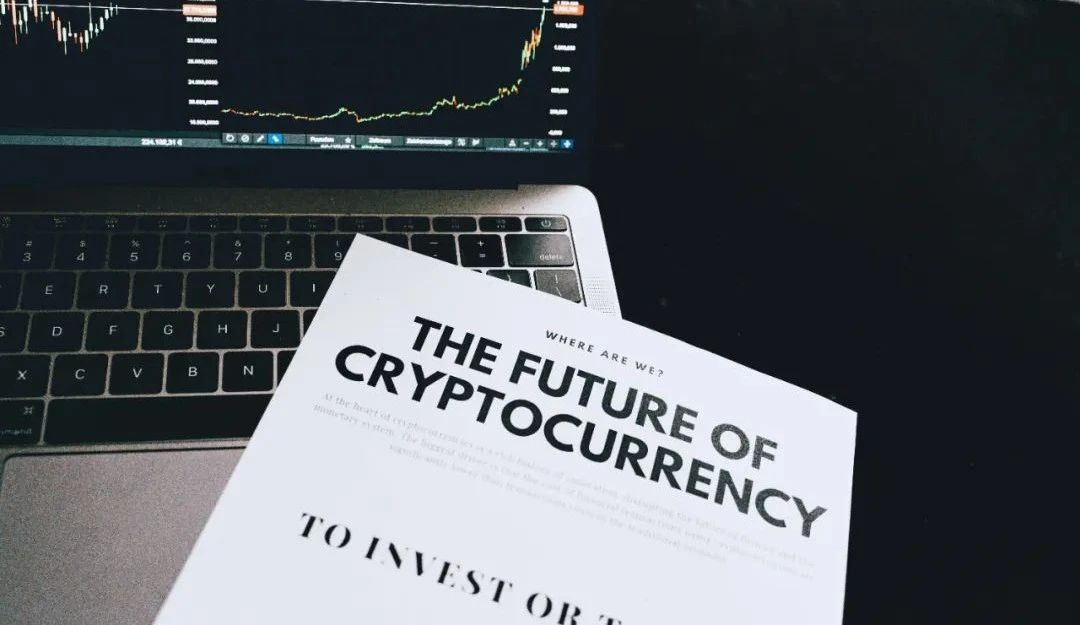
出品|OKG Research
作者|Hedy Bi, Jason Jiang
特朗普尚未正式入主白宫,加密市场便已提前狂欢,兑现政策面消息。今晨,因特朗普正式提名Paul Atkins为SEC主席,比特币突破10万美元。自特朗普大选获胜以来,比特币从11月5日的68,000美元涨至10万美元,仅一个月时间便实现了47%的收益率。本文笔者将从美国加密政策的角度深入分析政策变化如何塑造市场格局以及在新格局下未来有发展潜力的赛道方向。
“强硬且粗暴”的加密监管转向更开放更友好
特朗普竞选时已对加密市场做出了包括建立战略比特币储备等10项加密友好承诺。而提名的SEC主席Paul Atkins也以对加密货币的友好态度著称,主张减少监管以支持市场创新。特朗普对此于今日提到,Paul知道加密资产和其他创新对于让美国变得比以往任何时候都更伟大至关重要并相信强劲、创新的资本市场的承诺。Paul也曾批评SEC巨额罚款损害股东利益,提倡灵活的监管策略,并担任Token Alliance联合主席。特朗普此举用Paul Atkins在此前推动加密事业的经验改变此前一年以处罚手段为主对待加密行业的SEC,将“金融自由” 理念带入了美国金融监管机构。
此外,特朗普的其他团队成员也为加密金融的监管专项提供了强有力的支持:超过60%的提名内阁成员公开表示拥有比特币或支持加密金融的发展,或间接支持加密资产的成长。

除了特朗普在加密市场的承诺和之前提出的《21世纪金融创新与技术法案》(FIT 21法案)外,近期Tornado Cash事件也标志着美国加密监管正朝着更开放友好的方向发展。11月底,美国第五巡回上诉法院裁定财政部对Tornado Cash不可变智能合约的制裁非法,认为这些智能合约不符合“财产”的法律定义。这一裁定为智能合约的合法性提供了重要支持,使得开发者和用户在使用这些协议时不再面临传统法律框架的直接冲突,从而促进金融朝着更包容、更友好自由的方向发展,也直接有利于去中心化金融(DeFi)蓬勃发展。
“美国优先”的产业与金融资本都需要更自由
金融自由不仅为加密市场开辟了更大的发展空间,也预示着加密资产与传统金融资产(TradFi)联通后,一场深远的市场整合正在酝酿。随着数字社会的发展,在人工智能(AI)等未来科技的推动下,价值创造的方式正加速变革。前阿里巴巴策略官曾鸣曾指出,通用人工智能(AGI)将在未来成为生产力的核心技术突破,与加密资产紧密结合,催生出大量新型数字资产。
区块链作为联通数字社会与现实社会的价值网络技术,将会令加密资产在这一变革中扮演关键角色。在“美国优先”政策的推动下,特朗普提出AI版“曼哈顿计划”,意图将AI技术上升到国家战略高度,大力推进产业化进程。
除了未来以AI为主要推动力的数字社会绕不开加密资产外, 渣打银行也曾表示,几乎现实世界的任何真实资产都可以代币化,并预计到2034年,全球对代币化资产的需求将达到30万亿美元。无论是数字社会的未来发展需要加密资产,还是现实社会的资产流通需要代币化,加密资产与传统金融资产的融合,这一市场的潜力将远超1930年代的“大并购时代”和2000年的“互联网并购时代”,前者催生了6000亿美元的产业整合,后者更推动市场规模达到3万亿美元。
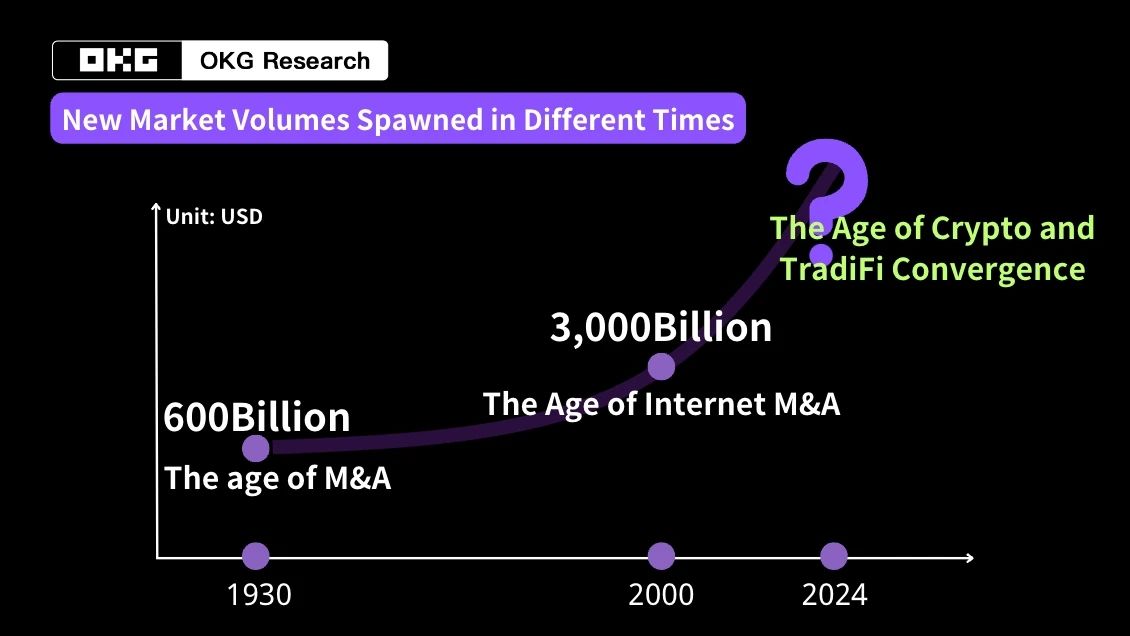
融合进程如今已势不可挡。无论是加密资产ETF的推进,还是以RWA(真实世界资产)为代表的新兴赛道,仅稳定币这一项应用,已创造出超过2000亿美元的市值。随着加密技术的持续渗透,整个金融市场的“加密化”(Crypto)进程已然开启,未来将重塑全球金融格局,催生更开放、更融合的资本新生态。
最关键的3大加密“承诺”如何影响后市
无论是宣布建立战略比特币储备,还是提名加密亲和的SEC主席,特朗普的当选似乎将让加密行业迎来史上最友好的监管环境,也由此打开比特币近期的上升通道。但从中长期看,真正推动加密行业持续向前的动力显然不是比特币的价格,而是特朗普能否将那些口头上的加密承诺兑现,从立法层面开始为加密市场提供更大的空间。如果特朗普能凭借极高的党内威望,以及此次共和党在参众两院选举的全胜之势,积极推动以下述3大法案为代表的关键立法,或许为给加密行业带来全新局面。
-
FIT 21 法案将被优先推动,DeFi创新“回流”美国
FIT 21 法案可能是特朗普上台后优先推动的法案。这部被誉为“迄今为止最重要”的加密法案,不仅清晰界定加密货币何时是商品或证券,还将终结SEC与CFTC在加密监管上的“拉锯”。美国众议院此前以压倒性多数票通过该法案并提交参议院,但后者并未采取果断行动。不过随着特朗普上台,市场普遍预期该法案进程将会提速。
FIT 21 法案通过后,合规交易平台和加密上市企业将更多出现,明确的属性标准也将使可交易代币更为丰富,并为现货ETF和其他加密金融产品提供新契机。此前以太坊ETF申请难以通过的部分原因就在于定性模糊,SEC很长时间内认为转换PoS机制后的以太坊更像证券。直到SEC与华尔街找到“平衡点”,即明确不含质押的以太坊ETF不是证券,才得以继续推动。法案通过后,对于明确属于“数字商品”范畴内的加密货币,在满足相关前提条件的基础上将更容易推出现货ETF及相关金融产品。我们或将在明年看到SoL、XRP、HBAR、LTC等更多种类的加密货币现货ETF。
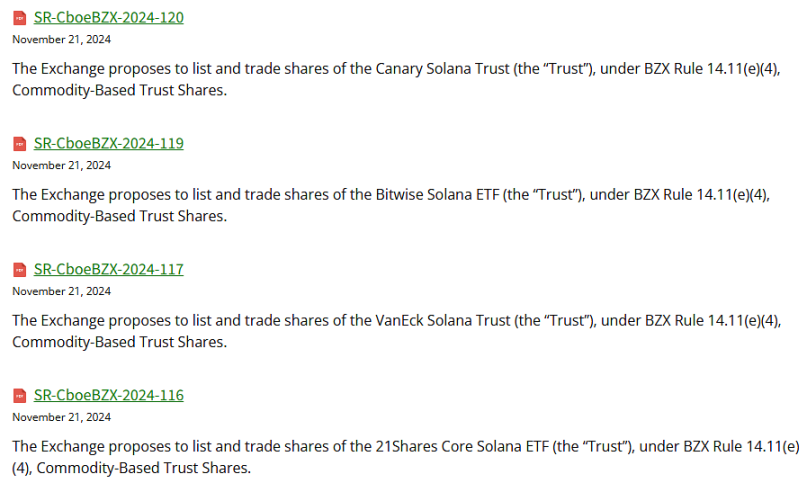
已有多家机构提交Solana ETF申请
FIT 21 法案也将推动去中心化应用创新尤其是DeFi赛道的发展。FIT 21 法案明确相关代币如果被判定为去中心化且功能性的,则被视为数字商品而不受SEC监管,且只要中心化程度满足要求就能获得一定豁免期,这会鼓励更多DeFi项目朝着更去中心化的方向演变。法案还要求SEC和CFTC研究DeFi的发展,评估其对传统金融市场的影响及潜在的监管策略,加上豁免期因素,会吸引更多DeFi项目“回流”。
此外,在友好政策和降息预期的推动下更多传统资金将流入DeFi以寻求更高收益,进而激发 DeFi 的再创新。其中明显的趋势是 DeFi 将持续拓展抵押资产,将更多链下流动性引入链上。这将推动DeFi与RWA的深度整合,通过允许美债、房地产等代币化资产进行抵押或借贷等业务,丰富链上金融的可组合性和想象空间,让 DeFi 的影响力在链外扩散。RWA 赛道也将因与 DeFi 融合带来更可观的收益,加速向链下链上的双向扩张。
DeFi 在比特币生态中的价值也不容忽视。在借助 ETF 向链下渗透的同时,比特币在链上生态中也展现出更多可能。考虑到比特币市场以长期持有者为主,加上现货ETF使市场流通率保持在更低水平,由此催生的比特币借贷赛道或将迎来新机遇。由于SEC有概率允许以太坊现货ETF进行质押,DeFi生态中的质押项目或将得到普遍关注。
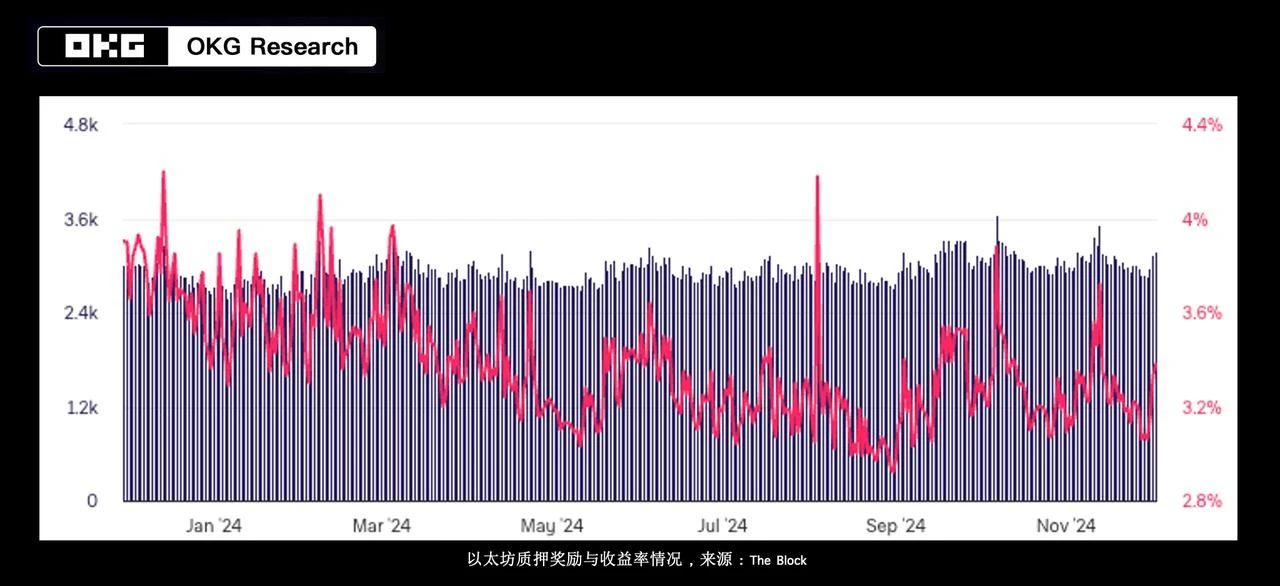
-
美国稳定币相关法案重新提上日程
2023年美国众议院金融服务委员会曾通过《支付稳定币清晰度法案》,但未得到众议院批准。今年10月,美国加密友好参议员Bill Hagerty再次提交类似草案,加上特朗普此前承诺不会推动由美联储发行的CBDC,以及FIT 21法案对有许可的支付型稳定币做出定义并强调许可制度的重要性,稳定币相关立法或许将在特朗普上台后重新提上日程。
稳定币立法将直接影响美元稳定币发行及相关支付机构。一些小型的或算法稳定币可能被迫退出市场,合法稳定币(如USDC)将占据更大的市场份额。同时,随着立法明确合规性要求,传统支付服务商将加速采用合规稳定币,提升其在日常交易中的可得性与易用性,相关企业和用户也将更放心地接受稳定币作为现有支付体系的补充,而非仅用于加密货币交易用例。稳定币在跨境转账与结算领域的市场份额也将持续提升,用户体量与结算规模有望继续逼近甚至超越Visa等机构。

此外,无论是直接通过基础资产(如政府债券、货币市场基金等)获得收益并将其分配给相关参与方,还是借助DeFi协议获取链上收益,各种基于合规稳定币的收益产品将继续涌现并会得到用户青睐,但应注意在设计收益机制时避免让稳定币显现投资合同特征。
-
废除SAB21 提案有望重启,破解加密资产托管难题
无论是现货ETF等加密金融产品的发展,还是RWA、稳定币和DeFi的增长,都将提振对加密托管服务的需求。这将倒逼重启废除SAB 121(Staff Accounting Bulletin No. 121)提案。SAB 121由SEC于2022年发布,要求公司将托管加密资产记为负债,此举致企业资产负债率大增,影响财务健康与信用评估,使相关企业不愿提供托管服务。
特朗普竞选时曾承诺当选后废除该公告。废除SAB 121最直接的好处在于降低加密托管机构的合规负担,让银行和其他受监管机构能够更容易地进入加密托管领域,进而吸引更多机构投资者进入市场。由于SAB 121的会计处理要求,许多银行和金融机构此前对现货ETF等加密金融产品相对谨慎,废除后将降低金融机构管理这些加密资产的复杂性。稳定币提供商和支付相关业务也受到影响,特别是那些与传统金融系统整合的项目。废除SAB 121可能为这些企业创造更宽松的监管环境,有助于其发展支付和结算等核心功能。当前热门叙事的RWA更会因此受益,使更多传统托管机构能更灵活地管理代币化资产,进而吸引更多金融机构愿意参与其中。
不可否认,特朗普2.0时代的每一步加密友好政策正深刻重塑加密市场的边界。从监管到会计准则,每一次看似微小的变化背后都蕴藏着深远的战略意义。Paul Atkins的提名释放出加密监管环境宽松的信号,而资产层面的制度革新同样不容忽视。即将于2024年12月15日生效的FASB新规(ASU 2023-08)要求企业按照公允价值对其持有的加密资产进行财务记录。这意味着公司持有比特币等加密资产的价值变动将直接反映在其财务报表中,对企业净收入产生显著影响。这一规则的落地将能激励更多企业将比特币等主流加密资产纳入资产负债表。此外,微软于12月10日召开董事会,正式讨论是否将比特币纳入其公司战略储备,为这一趋势提供了高辨识度的行业信号。

正如今天比特币突破10万美元之际,OKX CEO Star在X平台上表示这就是“愿景和科技的力量”。跨越传统与创新的融合之路势必将重塑全球资本市场的新秩序。
免责声明:本文章仅代表作者个人观点,不代表本平台的立场和观点。本文章仅供信息分享,不构成对任何人的任何投资建议。用户与作者之间的任何争议,与本平台无关。如网页中刊载的文章或图片涉及侵权,请提供相关的权利证明和身份证明发送邮件到support@aicoin.com,本平台相关工作人员将会进行核查。


